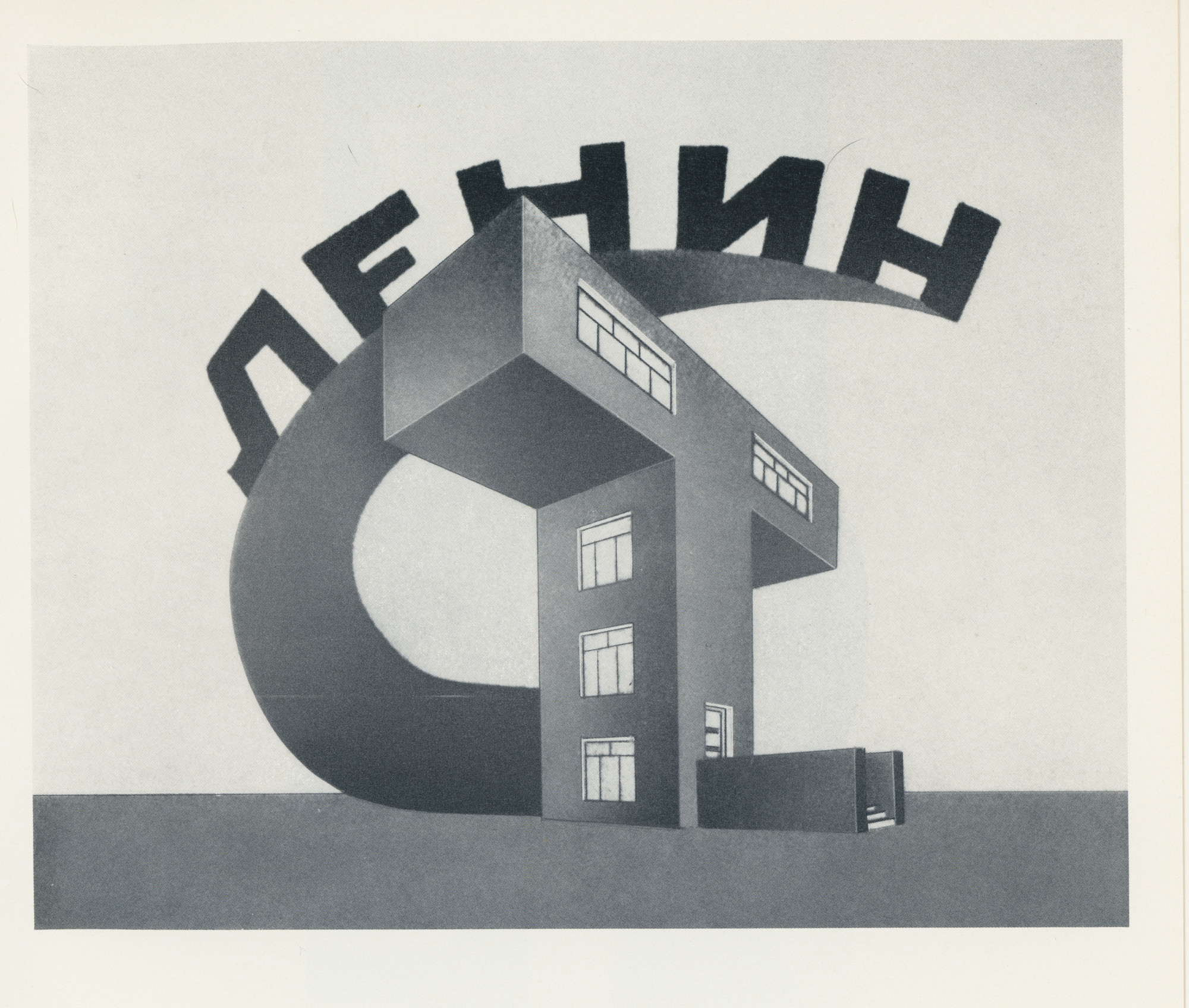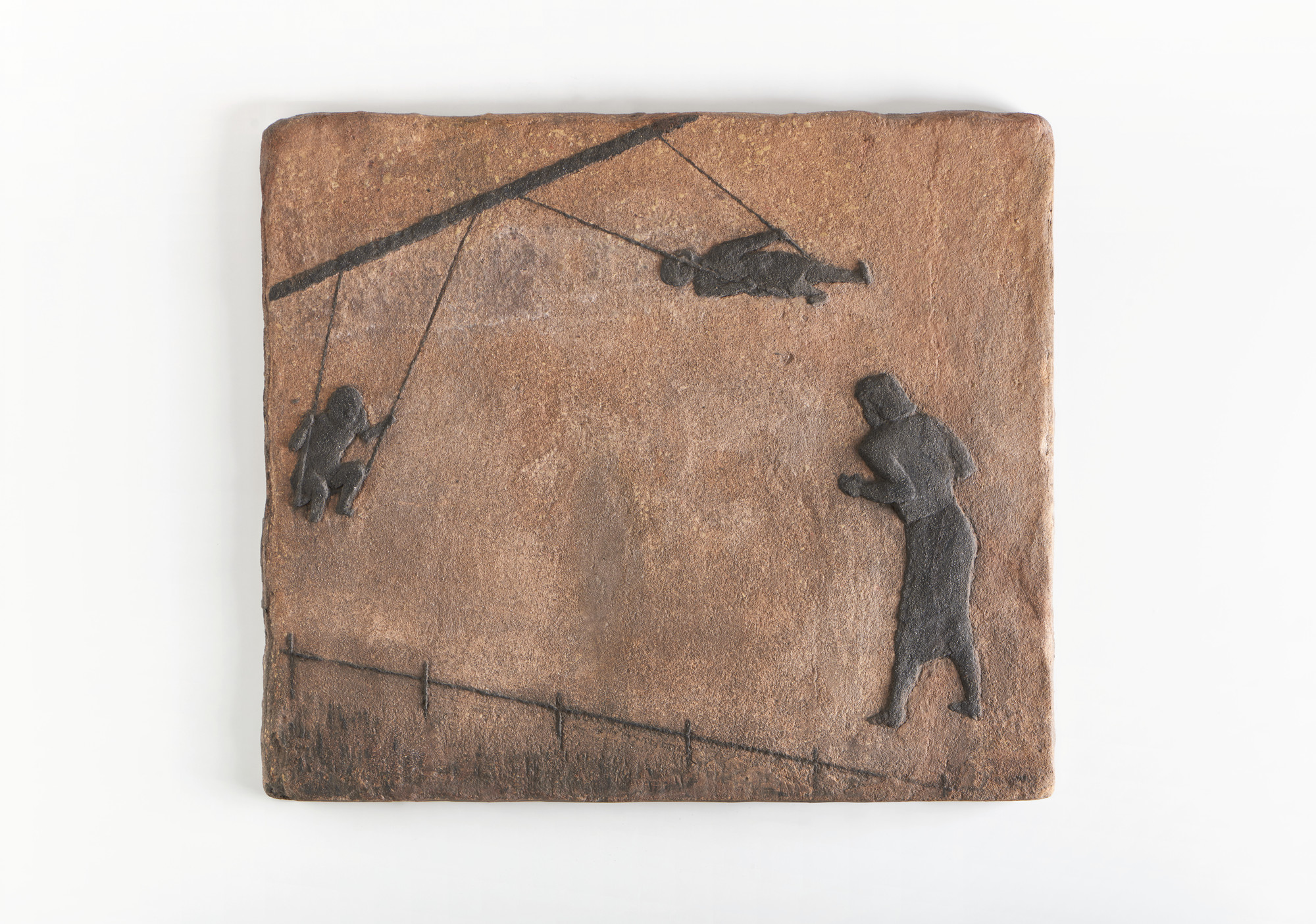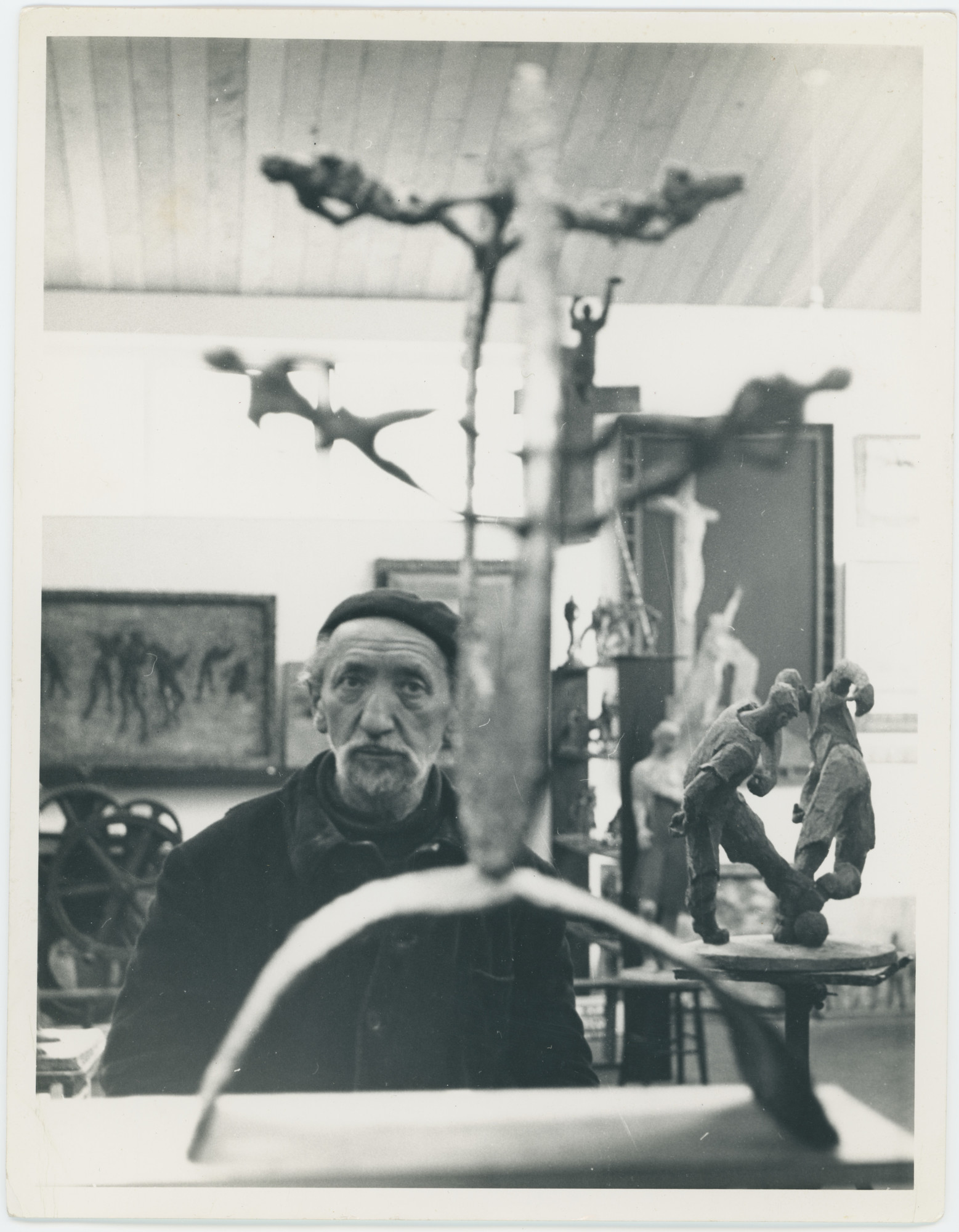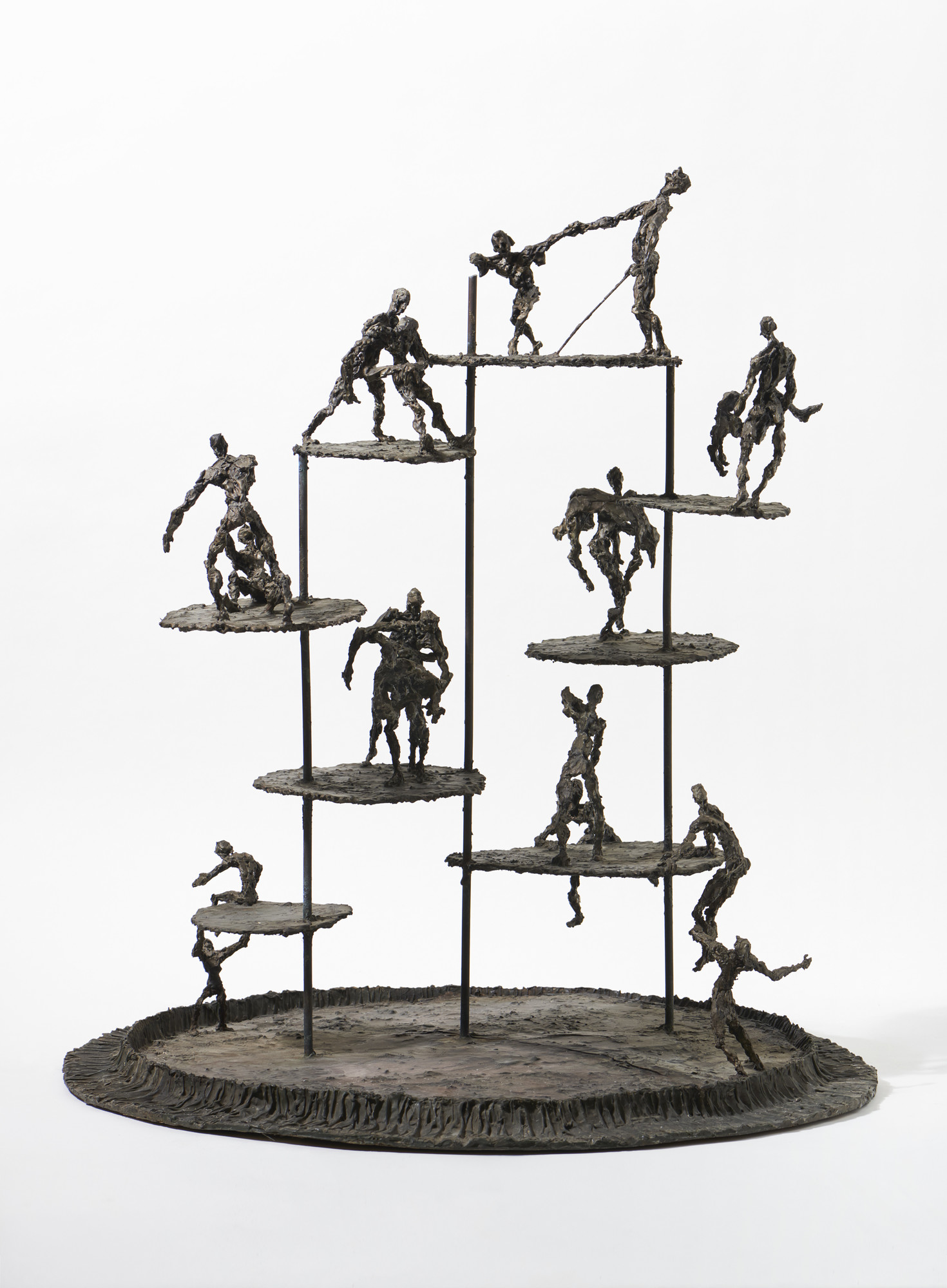

Peter László Péri (1899-1967).
A Hungarian-born Artist in Berlin and London
Lecture by Arie Hartog, Bremen (Germany)
November 15, 2023 @ 12:00 pm - 1:00 pm
| FreeIn this talk, Arie Hartog, director of the Gerhard-Marcks-Haus in Bremen, Germany, draws attention to a sculptor who contradicts the common narrative of modern art in the 20th century. Péri began as a constructivist and ended as a figurative artist. Yet he was not an academic traditional sculptor.
Introductory remarks by Lilla Farkas, Cultural attaché at the Liszt Institute of the Consulate General of Hungary in New York.
Image above: Peter László Péri, Sadness, 1938–1945, pigmented and painted concrete, 52 × 40 × 60 cm. Photo: Jake Wallters © Peter László Péri Estate, London
Peter László Péri was born Ladislas Weisz in Budapest in 1889. Peri became the Hungarianized family name in 1918. In 1919, he participated in the Hungarian soviet republic. In 1920, he came to Berlin. At the beginning of 1933, he, a Jew and Communist, had to and could leave Germany and moved to London with his second, English wife. These brief key data show a typical biography for Jewish artists in Europe, and also explain why they are hardly noticed. Despite all the methodological innovations and assurances, art history is still written primarily according to national patterns. And artists who were forced to move through Europe fall through the cracks. Hungarian and German art history is mostly interested in Péri before 1933, English in the artist after 1933.

Peter László Péri, Design for a Lenin monument, 1924. Photo: Jake Wallters © Peter László Péri Estate, London

Peter László Péri, Swings, 1936, pigmented concrete, 52 × 61 × 3 cm. Photo: Jake Wallters © Peter László Péri Estate, London
Arie Hartog is the director of the Gerhard-Marcks-Haus in Bremen, Germany. He studied art history at the University of Nijmegen. His research focus is the history of sculpture in the 20th century. He is Chairman of the Association of Sculpture Museums and Sculpture Collections and researches on the history of sculpture in the 20th century and the posthumous further development of sculptural oeuvres of the so-called “classic modernism”. Publications are, among others, Hans Arp Sculptures. A critical inventory, Ostfildern/Ruit 2012; Marc Gundel, Arie Hartog, Frank Schmidt (ed.): Female sculptors in Germany, Cologne 2019; Prague Sculptures, Cologne 2022.
The exhibition “Peter László Péri – Péri’s People” at Kunsthaus Dahlem in Berlin and Gerhard-Marcks-Haus in Bremen draws attention to a sculptor who contradicts the common narrative of modern art in the 20th century. He began as a constructivist and ended as a figurative artist. Yet he was not an academic traditional sculptor but combined the achievements of the avant-garde with a socialist-influenced idea of realism.

Peter László Péri in his studio with the sculpture »Reflections«, ca. 1960. © Peter László Péri Estate, London

Peter László Péri, Help Your Neighbor, ca. 1960, Polyester, 87 × Ø 77 cm. Photo: Jake Wallters © Peter László Péri Estate, London
This event is part of the monthly series “Flight or Fight. stories of artists under repression,” which is organized by The Fritz Ascher Society for Persecuted, Ostracized and Banned Art, New York. Future events and the recordings of past events can be found HERE.
The Fritz Ascher Society is a not-for-profit 501(c)3 organization. Your donation is fully tax deductible.
YOUR SUPPORT MAKES OUR WORK POSSIBLE. THANK YOU.


